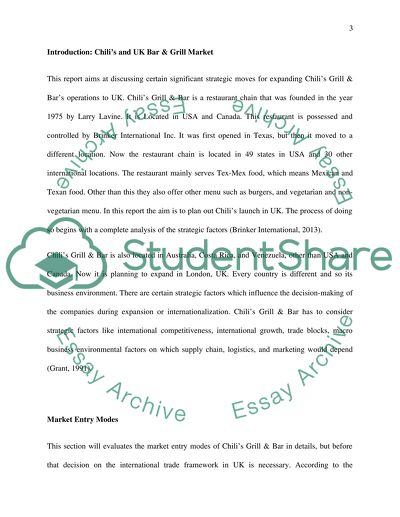Cite this document
(“Global Marketing-Strategy and Practice ( Chili's ) Essay”, n.d.)
Global Marketing-Strategy and Practice ( Chili's ) Essay. Retrieved from https://studentshare.org/marketing/1403841-global-marketing-strategy-and-practice-chili-s-
Global Marketing-Strategy and Practice ( Chili's ) Essay. Retrieved from https://studentshare.org/marketing/1403841-global-marketing-strategy-and-practice-chili-s-
(Global Marketing-Strategy and Practice ( Chili'S ) Essay)
Global Marketing-Strategy and Practice ( Chili'S ) Essay. https://studentshare.org/marketing/1403841-global-marketing-strategy-and-practice-chili-s-.
Global Marketing-Strategy and Practice ( Chili'S ) Essay. https://studentshare.org/marketing/1403841-global-marketing-strategy-and-practice-chili-s-.
“Global Marketing-Strategy and Practice ( Chili'S ) Essay”, n.d. https://studentshare.org/marketing/1403841-global-marketing-strategy-and-practice-chili-s-.


